As Australia-China relations plummeted to new lows in 2020, fractious debates about the causes – and possible solutions – reached new highs. There are at least five issues that are likely to remain contentious in 2021 and beyond.
First, while there is no doubt that the Australian economy is highly dependent on China, there is a distinct lack of consensus over what should be done about it.
As the pandemic took hold in Wuhan early 2020, Australian commentators were quick to focus on the economic damage this might inflict on the domestic economy. Some, like Michael Shoebridge of the Australian Strategic Policy Institute, asserted that “With COVID-19, the Chinese state has created unacceptable risks for the rest of us and it will continue to do so unless it changes or until we reduce our dependence on activities within its jurisdiction.” I, on the other hand, was among those who said that our China dependency could prove to be a “blessing in disguise“, given that its economic growth projections were so far above those of our other major trading partners.
By year end, there was some truth in both of these arguments. This was evident in the growing number of sectors that were hard hit by an array of tariffs and export controls imposed by Beijing, while in aggregate, China accounted for 40 percent of all Australian exports in 2020, a record high.
If the alternative to our “China dependency” was simply a matter of replacing all of our exports to China with other large and rapidly growing markets, there would be no debate. If, instead, the alternative is a shrinking domestic economy, underpinned by diminishing exports, collapsing companies and rising unemployment, things are far more complicated.
A second point of contention surrounds the question of who is to blame for the deterioration in the political relationship. My PhD student Vishesh Agarwal and I have tracked this relationship using the Global Database of Events, Language and Tone, which classifies daily reports of events from 11 global news outlets, yielding a “Goldstein score” that ranges from -10 (for extreme hostility) to +10 (for extreme cooperation). Focusing on state actors, we aggregate cooperation events (that is, those with a positive Goldstein Score) and conflict events (those with a negative Goldstein score) to construct a political relations index for each bilateral relationship, including for Australia and China.

The figure above plots the long-term trends in the PRI based on events for which the Australian government is the “sender” and the Chinese government is the “target” (in blue) and, conversely, for which the Chinese government is the “sender” and the Australian government is the “target” (in red). One point this makes clear is that, while 2020 was indeed a horrible year for the relationship, it is certainly not when the trouble started. Aside from the clear downward trend since 2014, it is noteworthy that the Australian government’s decision to ban Huawei from participating in the 5G network is the lowest point of all from Beijing’s perspective – and significantly below the COVID-19 inquiry in April 2020.
While the deteriorating political relationship is indisputable, the question of who is to blame certainly is not. Australian Prime Minister Scott Morrison insists that Australia’s China policy has been consistent over time, and that Canberra has done “nothing to injure [the] partnership,” while Chinese officials maintain that “the problem is all caused by the Australian side”. The reality is far more complex – and contentious – than either of these positions.
This is best illustrated by Beijing’s alleged “economic coercion” imposed on a growing list of Australia companies and sectors throughout 2020 – a third issue of contention. No one denies that the Chinese government has increased its capacity and willingness to use economic tools such as trade policy to punish others for acting against China’s national interests. Nor does anyone dispute that Australia seemed to be the prime target of such practices in 2020. What is disputed is why?
The mainstream view in the Australian media traces this back to the COVID-19 inquiry, asserting that Beijing is clearly punishing us for that. Yet, as explained by Darren Lim and Victor Ferguson in their (forthcoming) China Story Yearbook chapter that analyses the four biggest cases for the year – barley, beef, tourism, and wine – Beijing is still able to “plausibly deny” that each of these actions amounted to coercion, as opposed to legitimate concerns relating to anti-dumping and other unfair trading practices.
An added complexity can be seen from a timeline of Australia-PRC trade and investment developments published by the Australia-China Relations Institute, which identifies a long list of inquiries initiated by the Australian Anti-Dumping Commission against China throughout 2020, some of which date back a decade, alongside a number of Chinese investment proposals that the Australian government has rejected on dubious “national interest” grounds.
This is not to imply that Beijing is playing the game fairly by any means: as the number of Australian sectors it targets continues to rise, its denial of economic coercion is increasingly implausible. But surely it matters whether they’re the only ones bending the rules, or not.
Leaving that point to one side, with the bilateral political relationship facing an impasse at best, and a further deterioration if recent trends continue, a fourth important debate surrounds whether Australia’s trading (and investment) links with China will remain resilient to political tensions.
On the one hand are those who argue that “closer mutual dependence, not greater economic distance, most accurately describes the bilateral economic relationship to date”. Yet others have concluded precisely the opposite, that “the deteriorating geopolitical relationship between China and Australia is having a serious impact on the trade relationship between the two countries”.
My research with Vishesh Agarwal uses the PRI index above and detailed data for the exports of the Quad countries (Australia, India, Japan, and the United States) to China during the last two decades to provide some historical context for this issue. We find that political shocks between 1998 and 2018 had significant, but small, effects on Australian and Japanese exports to China in aggregate, both in the short and long term, while for the United States and India, political shocks were short lived, with no evidence of long-term effects.
In a more detailed analysis of the Australia-China relationship we find that the aggregate results are driven by the period of deteriorating political relations between 2013 and 2018, which had a significant and lasting negative impact on Australia’s export growth of energy and mineral products (including its three top exports to China: iron ore, coal, and natural gas). If this loss of trade resilience is already happening in sectors in which China depends on us the most, it seems highly likely that more and more sectors will be negatively affected in the years ahead unless there is an about turn in the political relationship – which seems unlikely.
And this leads to the biggest debate of all: What now? There are those like former Australian Ambassador to China Geoff Raby who argue that if current trends continue, we will enter a “new, new normal” of Australia-China relations that will see “a permanently adversarial association, with bilateral and multilateral cooperation severely limited and parts of the economic relationship regularly at risk”. Stressing China’s rise to becoming the world’s largest economy, Raby advises the Australian government to seek less strategic competition with China, and more strategic cooperation.
Others, like Professor Rory Medcalf, argue that “China won’t map the future” in the Indo-Pacific region, emphasising its economic challenges and the need for solidarity among the region’s free and democratic nations to “dilute and absorb Chinese power”.
The future relationship between – and individual trajectories of – the US and China adds more complexity to the mix. The more that Canberra is seen by Beijing to be “picking Washington’s side”, the more the Australian economy will suffer, as Beijing practices its increasingly sophisticated and powerful tools of economic statecraft against us. It is far from obvious how the Australian government should deal with this fact. But one thing seems clear: if nothing changes, Australia’s economy will take a long-term and significant hit.
Finally, as the bigger, more powerful player in the game, the Chinese government has the capacity to inflict economic harm on Australia. But that certainly doesn’t mean that it should. Abstaining from the use of rule bending and coercive tools could be just the tactic required to turn the bilateral relationship around, and to restore its global reputation in the process. Combined with a renewed commitment to bilateral engagement and dialogue from the highest level of government down, this could make 2020 a historical low point, and not a harbinger of the mutual suffering still to come.
The article was originally published on Public Sector Informant on 6 April 2021.


